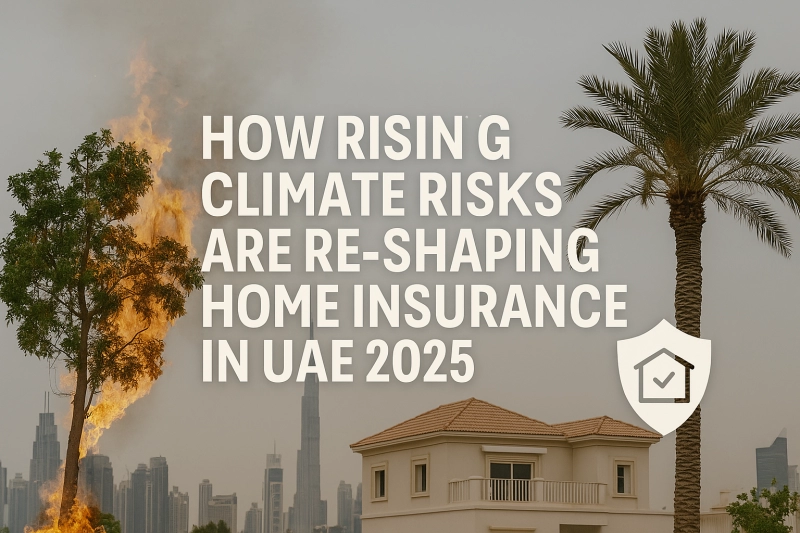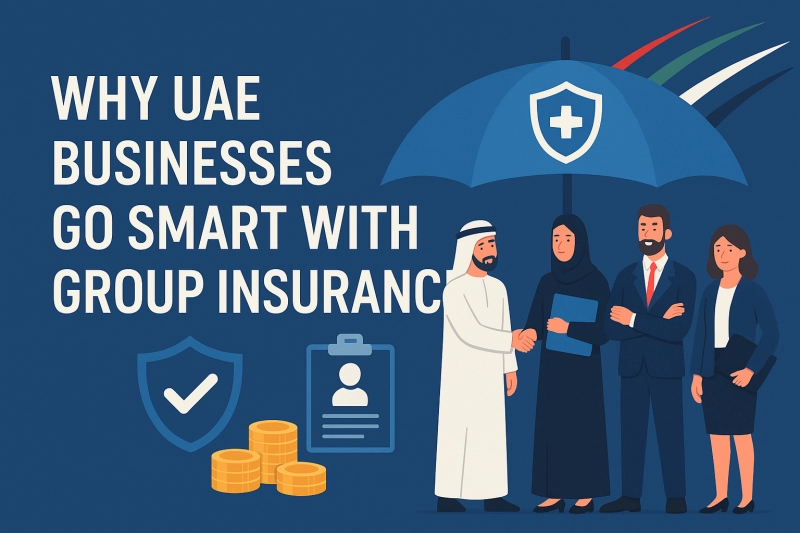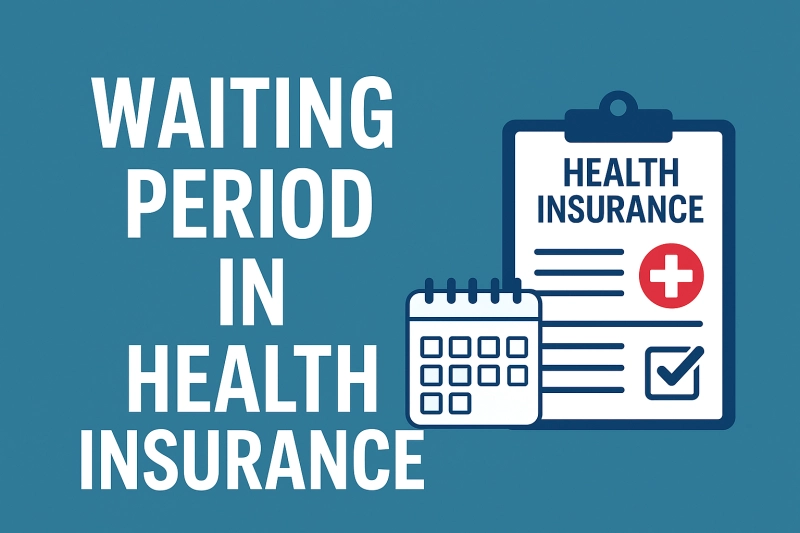The UAE enjoys more than 300 days of sunshine a year, yet 2023 and 2024 reminded homeowners that extreme weather can strike the desert too. From the record January rains that flooded parts of Dubai Marina to the sudden sandstorms blanketing Abu Dhabi, climate volatility is no longer a distant forecast—it is a line item on your home insurance premium.
In this article we look at why home-insurance providers are quietly recalculating risk, how that affects premiums in 2025, and what UAE residents can do today to keep cover comprehensive and costs under control.
1. Why insurers are worried about the weather
- Increased rainfall events
Dubai registered 142 mm of rain in a single 48-hour period in early 2024, the highest in 30 years (National Centre of Meteorology).
- Coastal flood risk
The latest IPCC regional update predicts a 25 cm rise in mean sea level for the Arabian Gulf by 2050, putting low-lying waterfront communities such as Yas Island and Palm Jumeirah at higher flood risk.
- Micro-burst winds
InsuranceHub’s own claims data show a 37 % jump in window-glass and façade damage claims linked to sudden wind gusts in 2023 versus 2021.
Insurers translate these data points into actuarial tables.
More volatility = higher expected claim frequency = upward pressure on base premiums.
2. Premium trends: what homeowners are actually paying
InsuranceHub compared 12 leading policies for a three-bed villa in Arabian Ranches (sum insured: AED 2 million building + AED 250 000 contents). Results:
- 2022 average annual premium: AED 1 300
- 2024 average annual premium: AED 1 560
- 2025 quoted renewal (May): AED 1 710
That is a 31 % jump in three years, noticeably higher than headline CPI inflation.
3. Where insurers are tightening wording
- Rainwater ingress: Previously bundled under “storm and flood”, now often carries a sub-limit (e.g., AED 50 000) unless you purchase the enhanced weather-perils add-on.
- Subsidence: Some providers now exclude damage linked to soil shrinkage caused by prolonged heatwaves.
- Personal-contents outside the home: Beach and desert-camp losses due to sandstorms may be excluded unless you choose optional “all-risks worldwide”.
4. Five ways to keep premiums affordable
- Raise your excess intelligently
A voluntary excess of AED 1 000 instead of AED 500 can shave 8–12 % off your premium while still protecting you against major losses.
- Bundle with motor or medical insurance
Multi-policy discounts at InsuranceHub average 15 %. One client in Sharjah secured a 25 % cut after adding her husband’s health insurance.
- Install smart sensors
Water-leak detectors and connected smoke alarms can yield an immediate discount of up to 10 % with certain insurers like RSA UAE.
- Opt for reinstatement value, not market value
Construction costs per square metre are currently below resale values in many freehold zones. Rebuilding cost is what matters to insurers.
- Shop the market at least 21 days before renewal
Early-bird quotes are typically cheaper because underwriters price in lower lapse risk.
Tip: Use the free tool on “Home Insurance in UAE” to benchmark quotes side by side in under two minutes.
5. Coverage gaps most homeowners overlook
- Termite damage: Considered gradual deterioration, so it is excluded by default. A few providers (e.g., Oman Insurance) offer a specialised pest-damage rider—ask your advisor.
- Solar-panel arrays: If you added rooftop panels, declare them. Unscheduled additions may not be covered after a storm.
- Valuable collections: Artwork and jewellery above the single-item limit (often AED 10 000) need to be itemised.
Key takeaway
Climate risk is nudging UAE home-insurance premiums higher, but proactive homeowners can offset much of the increase through smart shopping, risk-mitigation devices, and tailored add-ons. The golden rule: understand exactly what is—and is not—covered before the next big raincloud forms over Sheikh Zayed Road.







